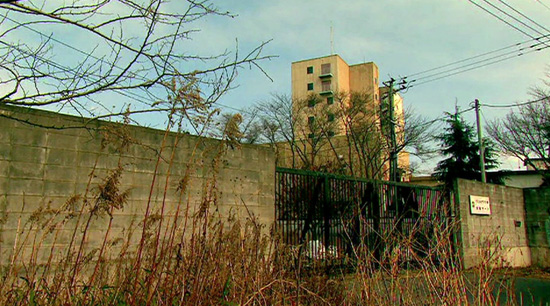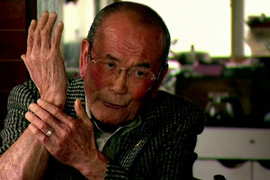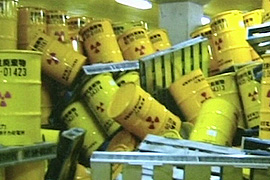Safety fears dog Japan N-plants
The risks behind Japan’s dependence on nuclear energy.

 |
| The 2000 accident at the Tokaimura plant was the world’s worst nuclear accident since Chernobyl |
It has been more than eight years since the accident, but Shoichi Oizumi says he still gets rashes on his arms.
Keep reading
list of 4 itemsAfter the Hurricane
World’s coral reefs face global bleaching crisis
Why is Germany maintaining economic ties with China?
He and his wife were among more than 600 people exposed to radiation when workers at a uranium processing plant in Tokaimura, Japan, caused an uncontrolled nuclear reaction.
Two of the workers died and 40 others were treated for exposure to high levels of radiation
 |
| Eight years after Tokaimura Shoichi Oizumi says he still suffers the effects |
Although the Oizumis worked across the street from the plant they were not evacuated for nearly five hours.
He says they had no information about the accident until later that evening when they saw it on the news.
His wife, Keiko, immediately suffered mouth sores and diarrhoea.
“I realized I had redness and blisters all over my arms,” he says. “It was terribly itchy. I’d scratch them and the skin would peel off.”
Tokaimura was the world’s worst nuclear accident since Chernobyl.
Since then, there have been several smaller nuclear mishaps across Japan.
The most recent took place last summer, when an earthquake damaged a nuclear power plant in Kashiwazaki, releasing small amounts of radioactivity into the air and the sea.
The authorities again waited for hours before informing the public.
Fault line
 |
| japan nuclear power stations |
The Kashiwazaki nuclear power plant is the largest in the world – and it is built right on top of a geological fault line.
Like all nuclear power plants in Japan, it was designed to withstand earthquakes. But the one that struck here was stronger than anyone had planned for.
Kashiwazaki was shut down for several months, but it is now up and running again after inspectors from the International Atomic Energy Agency determined that no serious damage was done.
“I think it was very lucky that we haven’t been hit by a huge earthquake,” says Baku Nishio of the Citizens’ Nuclear Information Centre.
“That particular earthquake was big – over the expected limit – but it wasn’t huge. We have to take into account there might be bigger ones in the future.”
Japan is extremely prone to earthquakes, sitting atop four tectonic plates on the Pacific Ring of Fire.
The enormous geological pressures below that created these islands and the volcanoes that dot the Japan‘s landscape occasionally give it a rough shake.
Safety concerns
 |
| An earthquake in July 2007 hit the Kashiwazaki nuclear plant |
Because of that, you might think that Japan would be wary of nuclear power – but the opposite is true.
Japan has some 53 nuclear plants providing more than 30 per cent of its energy. Only France and United States have more.
To overcome the public’s understandable concerns, the government and nuclear industry officials insist that everything possible is done to prevent accidents.
“Nuclear safety is of the utmost importance,” says Tazio Takahashi, director of nuclear policy in Japan‘s Ministry of Economy, Trade and Industry.
“Japan has very strict government and corporate safety regulations and is maintaining the highest safety standards in the world.”
That is little comfort to the Oizumis. Last week, a court dismissed their $570,000 lawsuit against the company that ran the Tokaimura fuel processing facility.
“We lived assuming that nuclear energy was safe and we had nothing to worry about,” says Mr Oizumi.
“But after the accident we learned how frightening it could be.”